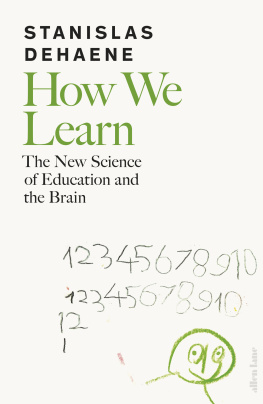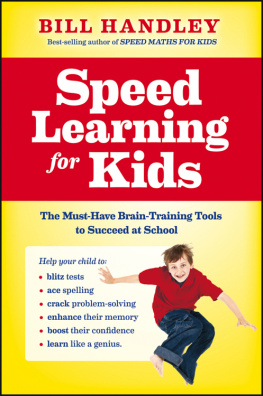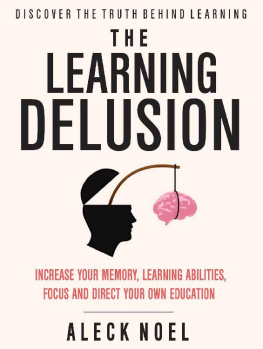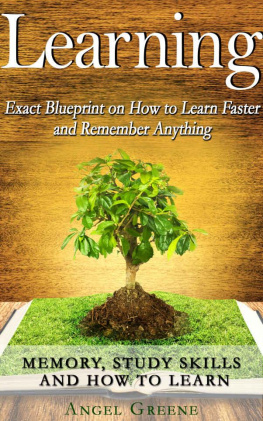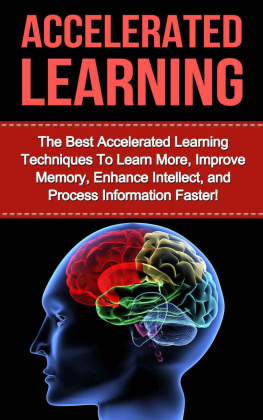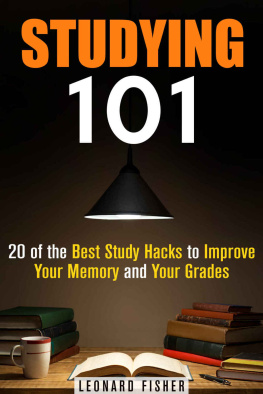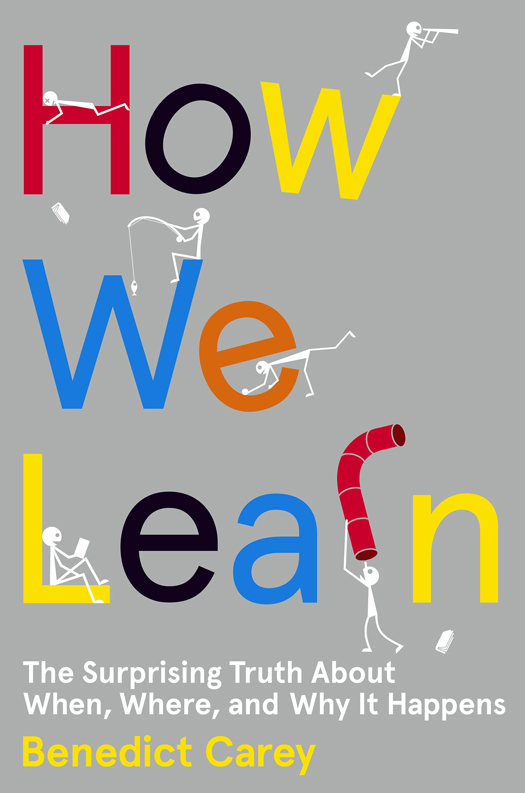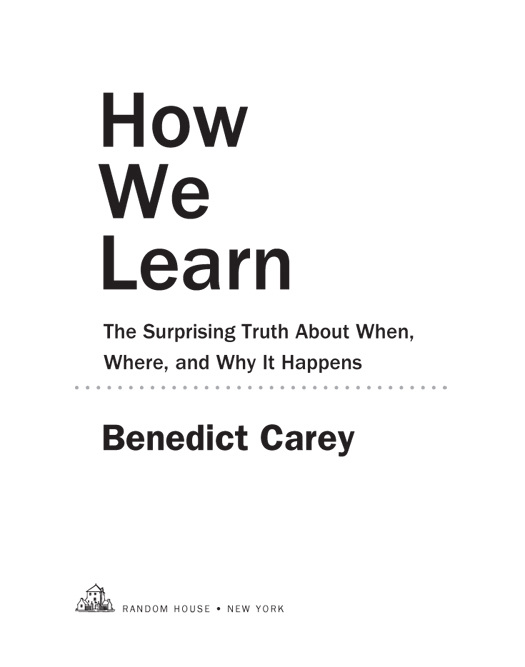Benedict Carey - How We Learn: The Surprising Truth About When, Where, and Why It Happens
Here you can read online Benedict Carey - How We Learn: The Surprising Truth About When, Where, and Why It Happens full text of the book (entire story) in english for free. Download pdf and epub, get meaning, cover and reviews about this ebook. year: 2014, publisher: Random House, genre: Religion. Description of the work, (preface) as well as reviews are available. Best literature library LitArk.com created for fans of good reading and offers a wide selection of genres:
Romance novel
Science fiction
Adventure
Detective
Science
History
Home and family
Prose
Art
Politics
Computer
Non-fiction
Religion
Business
Children
Humor
Choose a favorite category and find really read worthwhile books. Enjoy immersion in the world of imagination, feel the emotions of the characters or learn something new for yourself, make an fascinating discovery.

- Book:How We Learn: The Surprising Truth About When, Where, and Why It Happens
- Author:
- Publisher:Random House
- Genre:
- Year:2014
- Rating:5 / 5
- Favourites:Add to favourites
- Your mark:
How We Learn: The Surprising Truth About When, Where, and Why It Happens: summary, description and annotation
We offer to read an annotation, description, summary or preface (depends on what the author of the book "How We Learn: The Surprising Truth About When, Where, and Why It Happens" wrote himself). If you haven't found the necessary information about the book — write in the comments, we will try to find it.
From an early age, it is drilled into our heads: Restlessness, distraction, and ignorance are the enemies of success. Were told that learning is all self-discipline, that we must confine ourselves to designated study areas, turn off the music, and maintain a strict ritual if we want to ace that test, memorize that presentation, or nail that piano recital.
But what if almost everything we were told about learning is wrong? And what if there was a way to achieve more with less effort?
In How We Learn, award-winning science reporter Benedict Carey sifts through decades of education research and landmark studies to uncover the truth about how our brains absorb and retain information. What he discovers is that, from the moment we are born, we are all learning quickly, efficiently, and automatically; but in our zeal to systematize the process we have ignored valuable, naturally enjoyable learning tools like forgetting, sleeping, and daydreaming. Is a dedicated desk in a quiet room really the best way to study? Can altering your routine improve your recall? Are there times when distraction is good? Is repetition necessary? Careys search for answers to these questions yields a wealth of strategies that make learning more a part of our everyday livesand less of a chore.
By road testing many of the counterintuitive techniques described in this book, Carey shows how we can flex the neural muscles that make deep learning possible. Along the way he reveals why teachers should give final exams on the first day of class, why its wise to interleave subjects and concepts when learning any new skill, and when its smarter to stay up late prepping for that presentation than to rise early for one last cram session. And if this requires some suspension of disbelief, thats because the research defies what weve been told, throughout our lives, about how best to learn.
The brain is not like a muscle, at least not in any straightforward sense. It is something else altogether, sensitive to mood, to timing, to circadian rhythms, as well as to location and environment. It doesnt take orders well, to put it mildly. If the brain is a learning machine, then it is an eccentric one. In How We Learn, Benedict Carey shows us how to exploit its quirks to our advantage.
Advance praise for How We Learn
This book is a revelation. I feel as if Ive owned a brain for fifty-four years and only now discovered the operating manual. For two centuries, psychologists and neurologists have been quietly piecing together the mysteries of mind and memory as they relate to learning and knowing. Benedict Carey serves up their most fascinating, surprising, and valuable discoveries with clarity, wit, and heart. I wish Id read this when I was seventeen.Mary Roach, bestselling author of Stiff and Gulp
How We Learn is as fun to read as it is important, and as much about how to live as it is about how to learn. Benedict Careys skills as a writer, plus his willingness to mine his own history as a student, give the book a wonderful narrative quality that makes it all the more accessibleand all the more effective as a tutorial.Robert A. Bjork, Distinguished Research Professor, Department of Psychology, University of California, Los Angeles
Benedict Carey: author's other books
Who wrote How We Learn: The Surprising Truth About When, Where, and Why It Happens? Find out the surname, the name of the author of the book and a list of all author's works by series.

